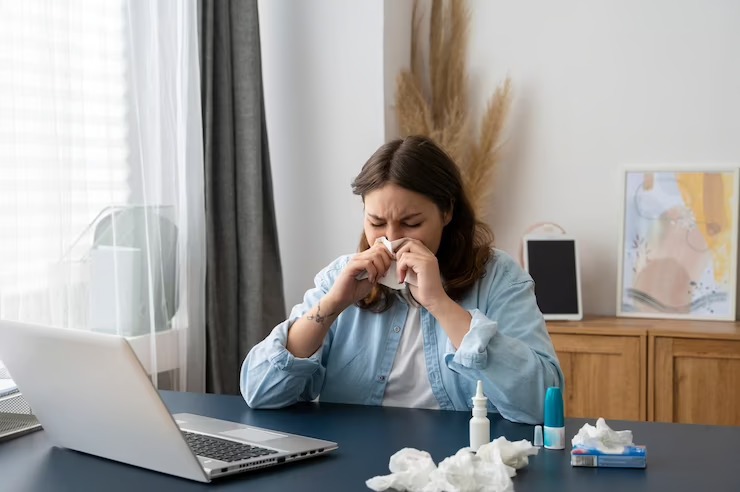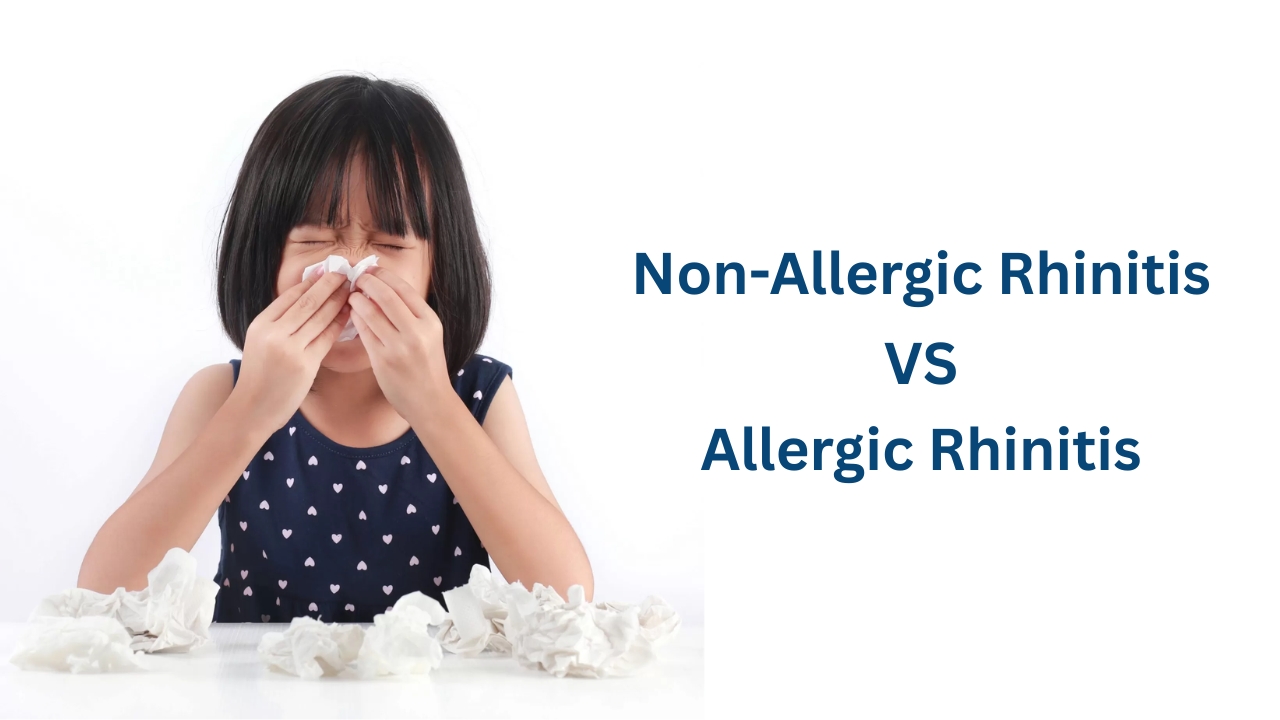Allergic rhinitis is a condition many people are familiar with — sneezing, a runny nose, nasal congestion, and itchy eyes that flare up during pollen season or after exposure to dust, pets, or mold. But there’s a lesser-known type called local allergic rhinitis (LAR) that often goes undiagnosed because it doesn’t show up on standard allergy tests. Despite this, it can cause just as much discomfort and disruption to daily life.
Local allergic rhinitis occurs when the immune system in the lining of the nose reacts to allergens, even though allergy tests like skin pricks or blood tests come back negative. This is different from typical allergic rhinitis, where the entire immune system shows signs of being allergic. With LAR, the allergic response is local — it happens only in the nasal passages. That’s why it’s often mistaken for non-allergic rhinitis or a stubborn sinus issue.
People with LAR experience many of the same symptoms as those with regular allergies: sneezing, nasal itching, congestion, and a runny nose. These symptoms might be triggered by things like pollen, dust mites, or pet dander. But when they go to an allergy specialist, tests might say they’re not allergic to anything. This can be frustrating, especially when the symptoms are persistent and interfere with sleep, work, or quality of life.
Diagnosis of local allergic rhinitis usually involves a more specific test called a nasal allergen provocation test, where a small amount of allergen is placed directly into the nose to see if it triggers symptoms. Unfortunately, this test isn’t widely available and is mostly done in specialized clinics or research settings. Because of this, many people go years without a proper diagnosis and may be told their symptoms are due to “non-allergic rhinitis” or chronic sinusitis.
The good news is that even though LAR doesn’t show up on standard allergy tests, it often responds well to the same treatments used for regular allergic rhinitis. These include nasal steroid sprays, antihistamines, and nasal rinses. In some cases, allergy immunotherapy (also known as allergy shots or drops) may help reduce symptoms over time, though more research is ongoing in this area.
If you or someone you know has ongoing nasal symptoms that don’t seem to have a clear cause — especially if they return every year around the same season or after exposure to specific things — it’s worth asking a doctor about local allergic rhinitis. A careful review of the symptoms and response to treatments can sometimes be enough to make a working diagnosis, even without advanced testing.
Living with constant nasal congestion and sneezing can be exhausting, but understanding that a hidden allergy might be the cause is the first step toward relief. With the right care and treatment plan, people with LAR can breathe easier and get back to enjoying life without constantly reaching for the tissue box.



Add a Comment